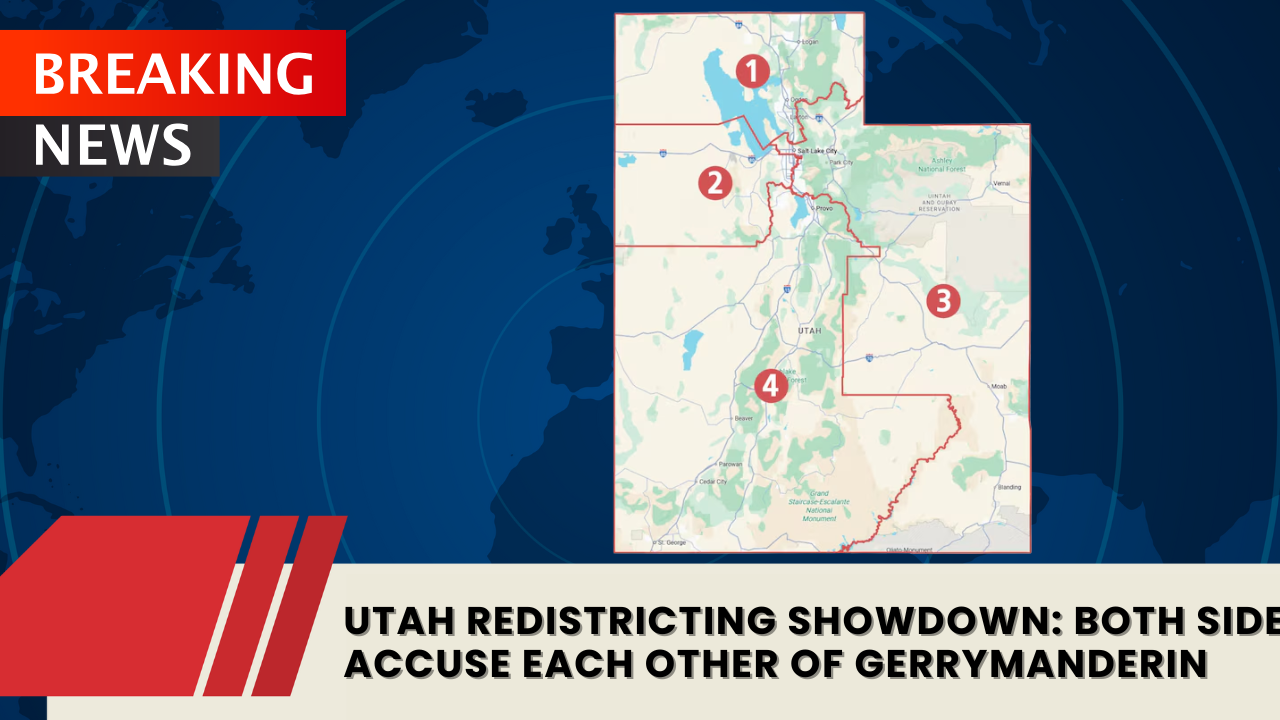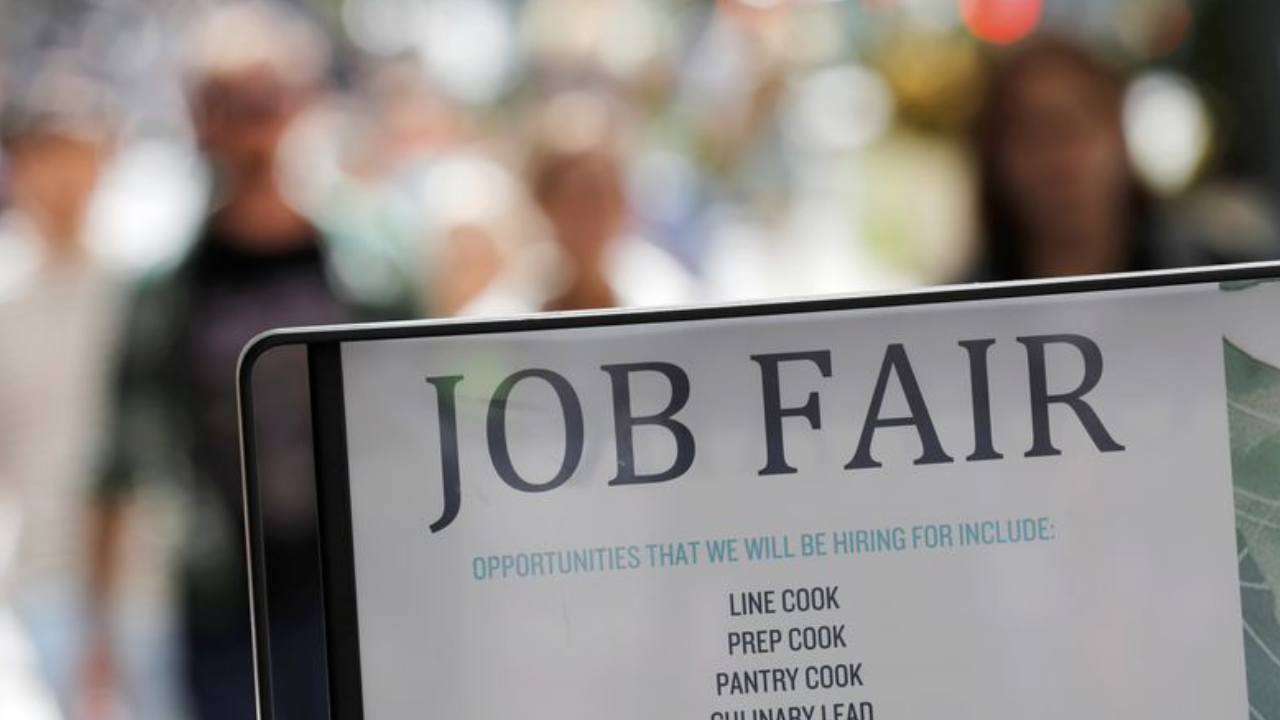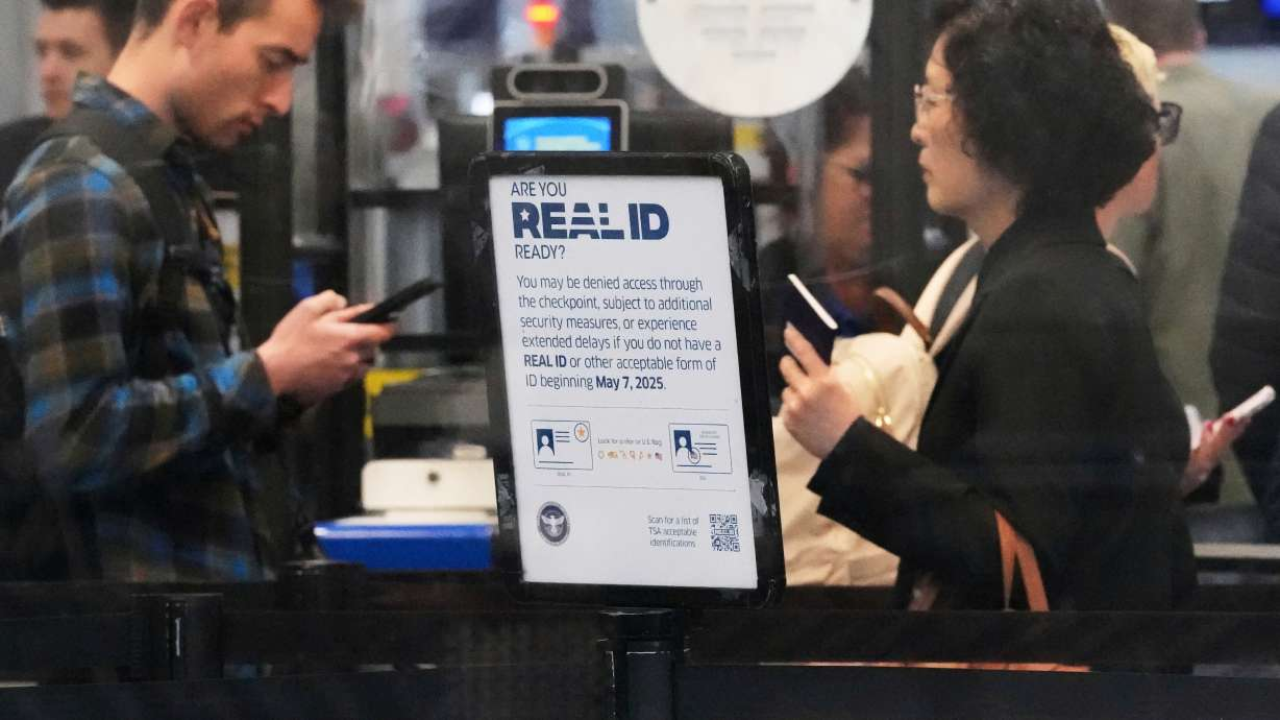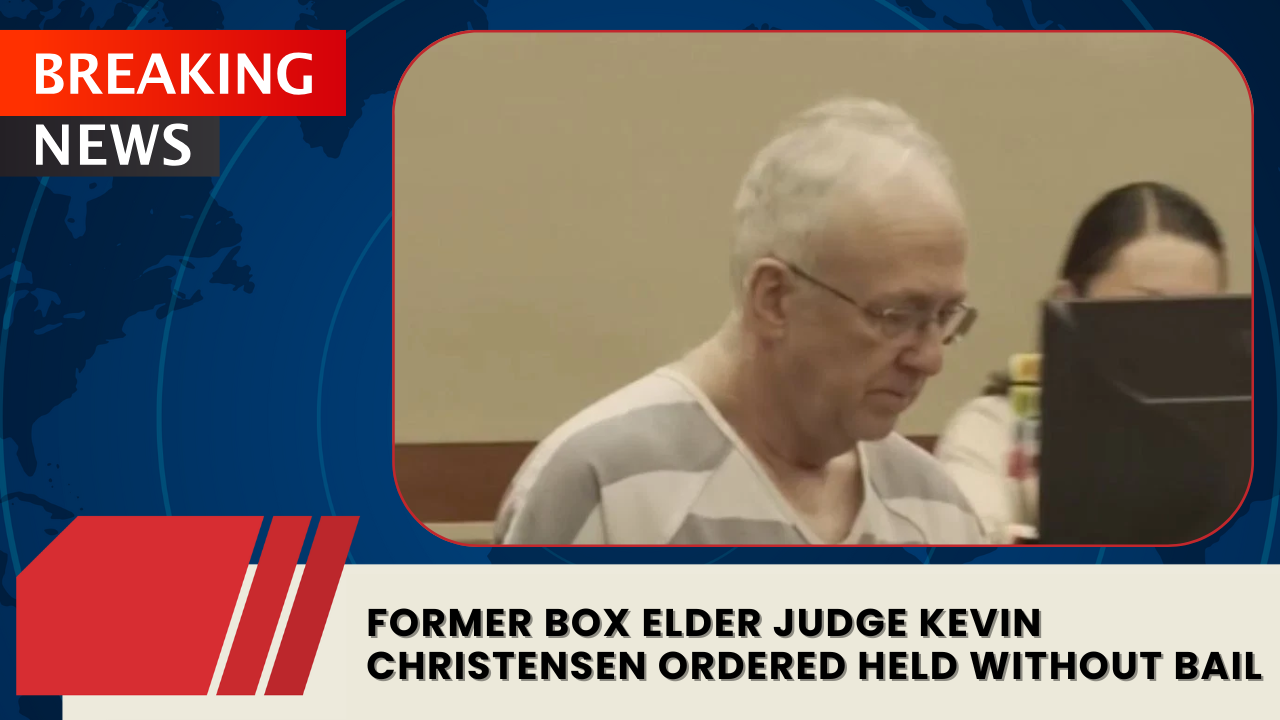As Utah’s long-running legal fight over congressional redistricting nears its conclusion, both sides are trading accusations of partisan gerrymandering — each claiming the other’s proposed map unfairly favors one party.
In new court filings, attorneys for the League of Women Voters, Mormon Women for Ethical Government, and several Utah residents allege that state lawmakers deliberately used election data to manipulate district boundaries and ensure Republican dominance. According to their expert witness, Jowei Chen, a political scientist at the University of Michigan, only six of 10,000 randomly generated, nonpartisan maps would have produced the same all-Republican outcome achieved by the Legislature’s 2025 redistricting plan.
Chen’s analysis found that nearly every neutral simulation created at least one Democrat-leaning district in northern Salt Lake County. By contrast, the Legislature’s map split that area east to west — effectively “cracking” a concentrated bloc of Democratic voters and diluting their influence.
Republican lawmakers strongly deny the accusation. In their own filing, attorneys representing GOP legislators argued that the plaintiffs’ alternative maps are “extreme partisan outliers” and themselves represent an attempt to gerrymander the state. “At best, their plans are not as fair as the Legislature’s 2025 Plan,” the filing reads. “At worst, their plans are purposeful partisan gerrymanders.”
Court Ruling and Proposition 4 at the Center
The dispute stems from an August ruling by Judge Dianna Gibson, who struck down Utah’s existing four-district map for violating the state’s 2018 Better Boundaries initiative, known as Proposition 4. That voter-approved measure banned partisan gerrymandering and created clear standards for fair redistricting.
Although the Legislature attempted to repeal Proposition 4 in 2021, the Utah Supreme Court later ruled the repeal unconstitutional, reaffirming voters’ right to restrict partisan mapmaking. As a result, any new congressional map must now meet those fairness standards.
With the 2026 elections approaching, lawmakers rushed to pass a replacement map in a special session on October 6, 2025. The new plan combines western Salt Lake County with Tooele County in one district and links eastern Salt Lake County with several rural counties along Utah’s eastern border.
Meanwhile, the plaintiffs submitted two alternative maps they argue are more competitive and compliant with Proposition 4. Judge Gibson will now determine whether the Legislature’s version meets the initiative’s criteria.
A New Law Adds Complications
Before approving the new map, Governor Spencer Cox signed SB1011, which sets three specific statistical tests for courts to measure partisan fairness. Legislative lawyers argue that those tests are well-established and should define the court’s analysis.
However, plaintiffs claim the tests are biased by design, making it nearly impossible for any map with a Democratic-leaning district to pass. They argue that the law effectively reinstates partisan gerrymandering through selective metrics, undermining the intent of Proposition 4.
“The Legislature cherry-picked formulas that guarantee partisan advantage,” their attorneys wrote, calling SB1011 a “back-door attempt to undo Utah’s ban on gerrymandering.”
Referendum Efforts Could Delay Final Outcome
Adding further complexity, the Utah Republican Party has filed paperwork to launch a referendum aimed at repealing the Legislature’s latest map — despite having previously supported it. If the party collects 140,748 signatures, the map would be suspended until after the 2026 election.
The GOP has also initiated a rare indirect initiative seeking to repeal Proposition 4 entirely. Gathering just over 70,000 signatures would force a legislative vote on whether to overturn the voter-approved redistricting standards.
Plaintiffs argue that such an initiative cannot legally reverse a constitutional right established by a ballot measure. The overlapping legal timelines mean that final decisions — both on the new map and on the initiatives — might not come until early 2026, potentially throwing Utah’s election preparations into turmoil.
Lt. Gov. Deidre Henderson has warned the court that a valid map must be finalized by November 10 to avoid election disruptions. She described the current situation as “unprecedented chaos and confusion” for clerks and candidates alike.
With the deadline fast approaching, Utah’s redistricting battle has become a test of how far lawmakers, courts, and citizens can stretch the balance between political control and voter intent — and whether Proposition 4 can still deliver the fair representation Utahns demanded.



